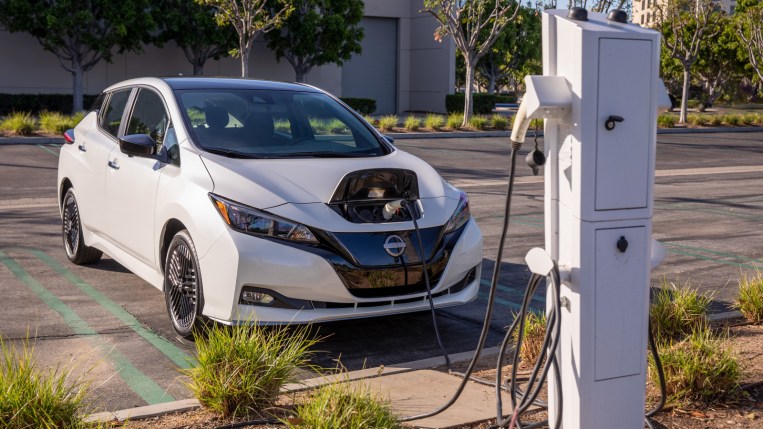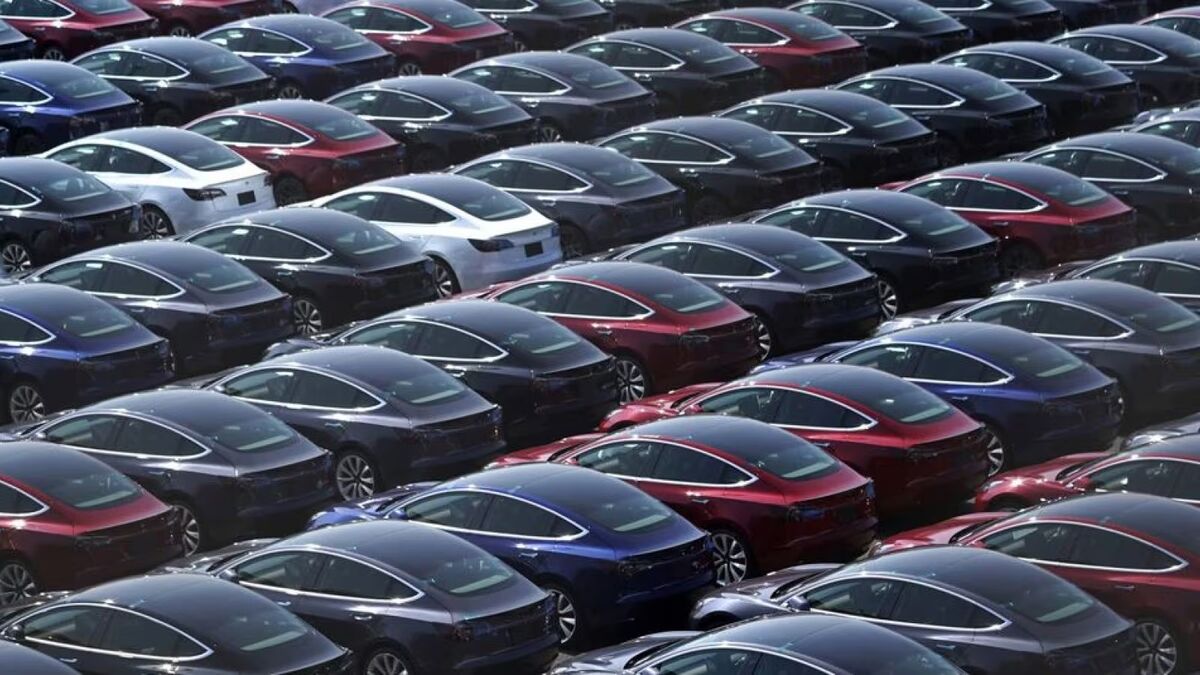
The U.S. Department of the Treasury has delayed a set of rules on the mineral content of electric vehicle (EV) batteries from the end of this month until next March. The new regulations will likely restrict which cars qualify for a $7,500 federal tax credit.
We expect some cars to be ineligible as soon as the rules kick in. Delaying the rules gives shoppers more time to buy with a discount.
Related: Tax Changes Mean Not Everyone Should Buy an EV Now
Act Removes Production Limits on January 1
The Inflation Reduction Act (IRA), passed this summer, will ultimately make more electric cars and EV buyers eligible for federal discounts. But first, it will benefit fewer.
Congress tried to balance several objectives in writing the bill. One was to encourage the adoption of electric cars, but another was to boost U.S. manufacturing.
Under pre-act rules, shoppers could only claim the rebate if they bought one of the first 200,000 EVs a manufacturer sold.
Under the new rules, there’s no such limit. Buyers face income caps, and cars face price caps. To qualify, manufacturers will need to assemble their EVs in North America, but the 200,000 vehicle limit is gone.
Some manufacturers — notably Tesla, General Motors, and Toyota — had crossed the limit. Removing it makes some of their products eligible again. Not all; many Tesla models cost more than the new law allows. But cars like the Chevy Bolt EV and Tesla Model 3 will again be eligible for the full tax credit starting January 1.
Mining Restrictions Delayed
Some of those same EVs will likely lose their eligibility once the Treasury Department finalizes a new set of rules.
The act instructed the Treasury Department to write rules requiring a percentage of battery minerals to come from the U.S. or major trade partners. That percentage would rise over time, reducing the industry’s reliance on Chinese minerals and benefiting production in the U.S. and its allies.
Related: How Do Electric Car Tax Credits Work?
The auto industry has expressed doubts it can meet those requirements quickly. The Alliance for Automotive Innovation, a major industry trade group, has said no EV could meet them today.
Treasury has now delayed implementing the requirements for at least a few months.
The List of Eligible Cars Will Keep Changing
The delay means that, until at least March, every EV assembled in North America will be eligible for discounts as long as it fits under price caps and its buyer meets income limitations.
When the Treasury Department does finalize the rules, they will rule out some EVs. The auto industry will likely scramble to change its supply lines and build more vehicles that meet the new requirements, but it will take time for a global industry to change its supply lines.
The delay buys them a few months to try.
How To Determine Whether the Car You Want Gets a Tax Rebate
Finding out which cars qualify is complex.
The Department of Energy explains, “for some manufacturers, the build location may vary based on the specific vehicle, trim, or the date in the Model Year when it was produced because some models are produced in multiple locations.”
If you’re currently shopping for one of these cars, the only way to determine whether the discount will apply is to input the vehicle identification number (VIN) of the specific car you want to buy into the VIN decoder at the National Highway Traffic Safety Administration’s (NHTSA) website. That will tell you where the government considers the car to have received “final assembly.”
If it’s in North America, and the vehicle falls under the price caps, you’re probably safe claiming the credit.







